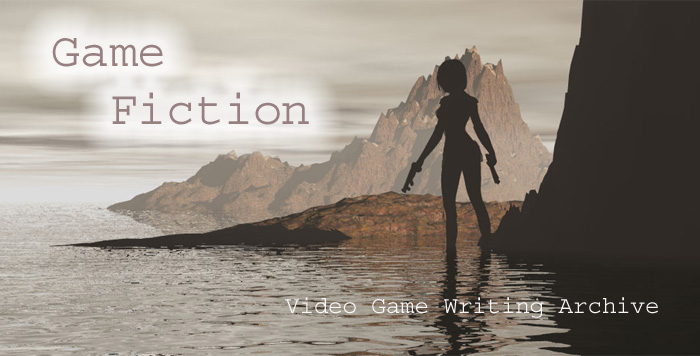Game Design Documents:
You will be writing several game design documents for this course. Your documents will be mini design documents, meaning you are not going to do a complete game spec. There are two reasons for this:
- You probably don’t have the time to do a "complete" design doc
- We definitely don’t have the time to read 20 "complete" design documents
As such, you will scale your design document down. Unlike some design documents, you will not concern yourself with too much technical specification or over articulate your audience. Your design document should follow the “Jaffe” model for this class (login into Blackboard for an example). Concise and to the point. To make a film analogy, your mini design documents are treatments, not production scripts. Please refer to the design document grading criteria for more details about expectations.
Anything you read about game design documents will emphasize the concept that they are "living documents." For this course, your documents will inform your final game "product" in the class. We create three game designs documents to allow you the freedom to experiment and investigate three different concepts with an audience. One of your game designs is likely to become a final project for this class. Please design accordingly.
Resources:
Like most free markets, the web abounds with good and bad advice about articulating your designs. There is no sure, step-by-step process for communicating this information. There is also no single correct format. Instead, I suggest you review some of the heuristics and opinions provided by people involved in game design:
General Sites:
- Review Gamasutra and Game Career Guide for opinions on game design docs from industry professionals. The article, The Anatomy of a Game Design Document has been a standard among instructors.
- This also seems like a good time to meet Brenda Brathwaite via her blog entry on game design documents: http://bbrathwaite.wordpress.com/2008/11/30/creating-a-game-design-document/
More examples and tips on writing are available at GameFiction.com.
Samples:
Through the generosity of practicing designers, a few quality game design documents are available online.
- David Jaffe’s Calling all Cars: http://criminalcrackdown.blogspot.com/2007/02/calling-all-cars-game-design-document.html (it looks like this "club" is closed, so please login in to Blackboard for an example)
- Doom Bible: The basic design document for Doom (this week's game) is supplied in Blackboard.
- The Grim Fandango GDD/Puzzle Document, Tim Schafer et al: http://www.scribd.com/doc/8350715/Grim-Fandango-Puzzle-Document-Original
- Al Lowe has made his epic GDD’s available from a few of the Leisure Suit Larry games: http://www.allowe.com/gamedesign/
Templates:
- A solid template for Word 2007. It is clearly too much information for your assignments, but it should give you a point of reference and perspective: http://office.microsoft.com/en-us/templates/TC300004661033.aspx?CategoryID=CT101172331033
- This is another MS-Word Game Design Document Template by Chris Taylor: http://www.gameblender.org/gbcp/docs/design/MasterDesignDocument.doc
- Tom Sloper’s Template: http://www.gamedev.net/reference/articles/article243.asp
Other Resources:
Here’s some reading and resources I gave my former students:
- http://aii.lgrace.com/documents/html/GDD_samples.htm
- http://aii.lgrace.com/documents/html/Game_Design_Document_Resources.htm
Last modified: 9/2/09
